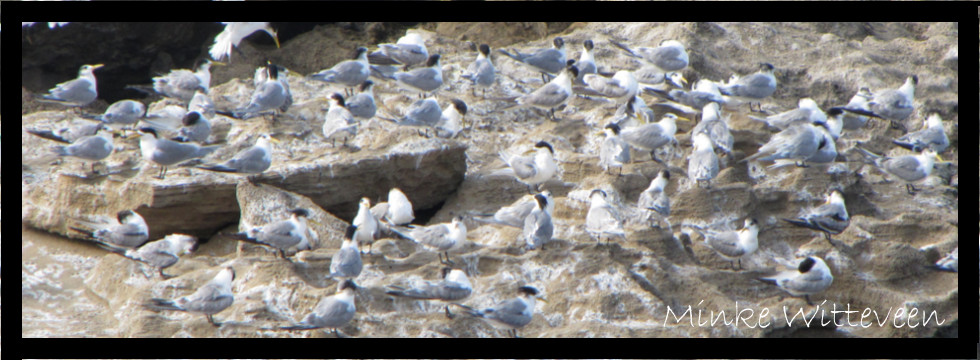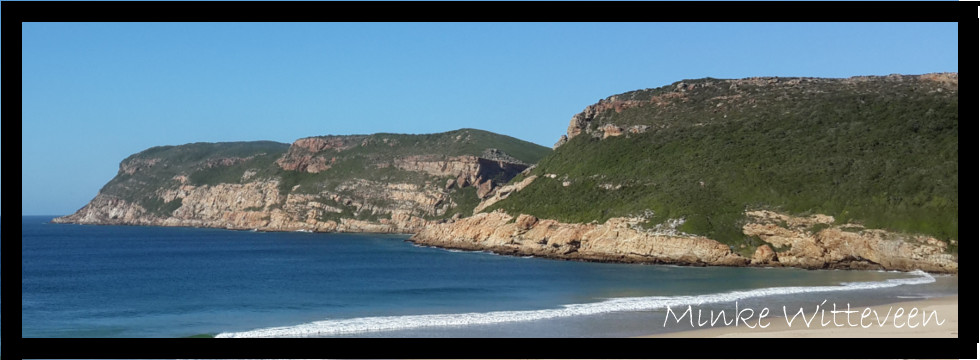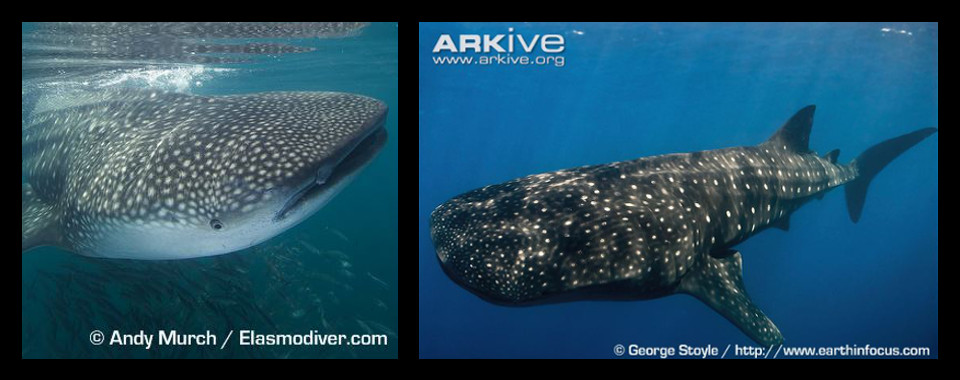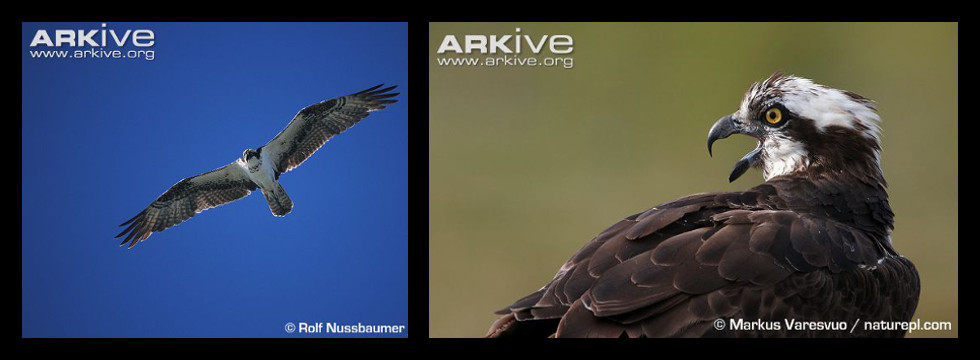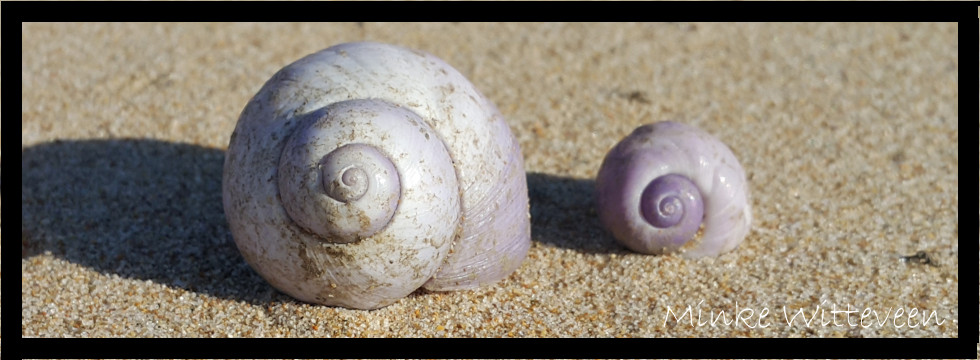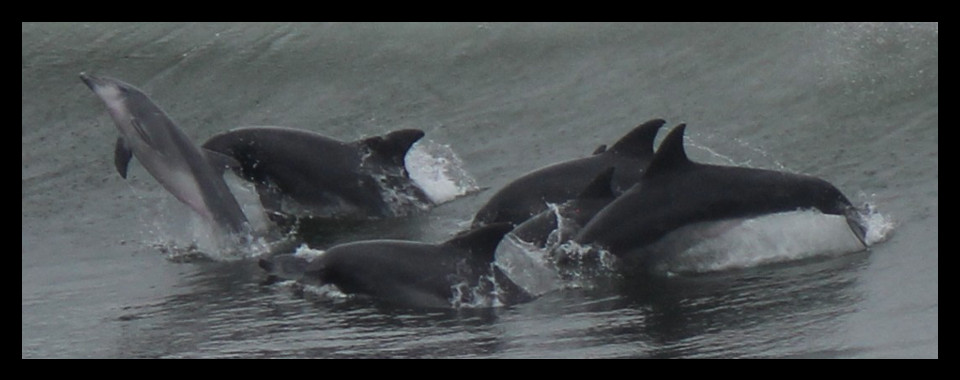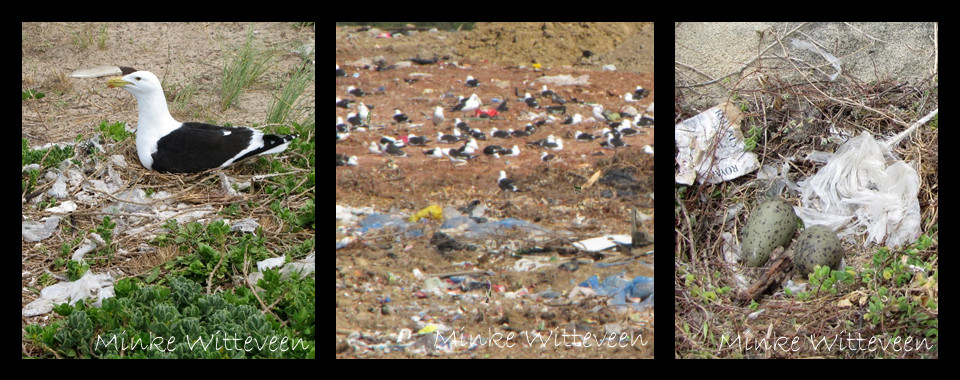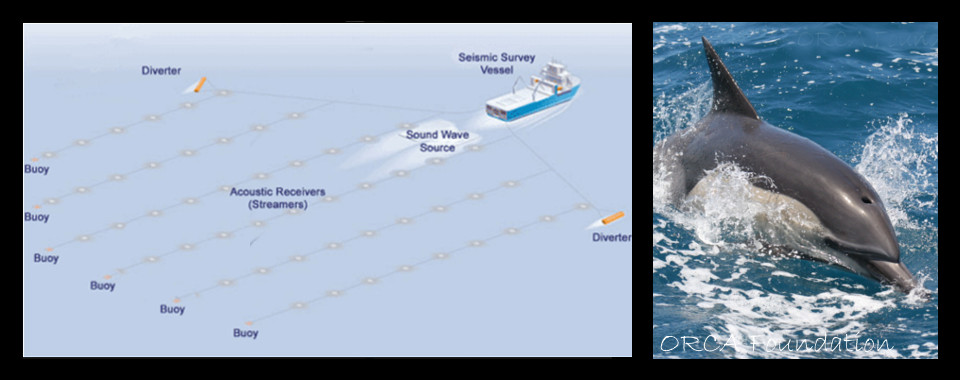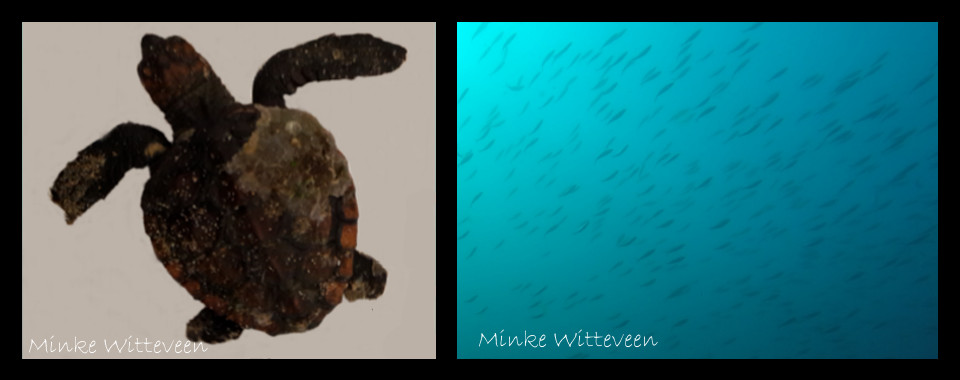Terns are beautiful, elegant seabirds, closely related to the gulls, skimmers, and skuas. Here in Plettenberg Bay we are fortunate to be able to see a few different species, but by far the most common is the coastal and pelagic swift tern Thalasseus bergii. Swift terns, or greater crested terns, are intermediate sized terns with READ MORE
Southern Africa contains a wealth of archaeological sites, ranging from some of the earliest evidence of human origins to more recent occupation; thousands of sites that record the way of life and history of humans for nearly 2 million years. South Africa has a long history of coastal occupation by humans dating back to the READ MORE
There is perhaps not a more distinctive call in all of Africa than that of the African fish eagle Haliaeetus vocifer. Expressed in flight or perched, with the head thrown back, the evocative weeah-kyow-koy-koy-koy is a well-known sound in Africa. African fish eagles are found throughout most of Africa, having an Afrotropical distribution, and are READ MORE
We had an interesting visitor into the Knysna lagoon recently, a whale shark Rhincodon typus. Whale sharks are very large, slow-moving filter-feeders which have a circumpolar distribution through all tropical and warm water, between 30°N and 35°S. The distribution of whale sharks is temperature dependent, and they are rarely sighted in areas with a surface READ MORE
While the African fish eagle Haliaeetus vocifer is one of the more iconic bird species associated with water bodies, the Western osprey Pandion haliaetus is a species not to be overlooked. Luckily for us, here in Plettenberg Bay on the Keurbooms River we have both of these magnificent species! The Western osprey is a slender, READ MORE
Amidst the seaweed, debris, and shells washed up on the beach, you may find a peculiar purple shell, with a thin, fragile shell, looking for all intents and purposes like a garden snail, except for its beautiful violet colour. This is the violet snail, or bubble raft shell, Janthina janthina, which, as a family (Janthinidae), READ MORE
Toothed whales (Odontocetes) are unique among mammals – they are able to echolocate underwater. Echolocation is the specialised acoustic adaptation by animals who use sound to forage for prey, navigate, and avoid predators by emitting sounds and listening to echoes as the sound waves reflect off different objects in the environment. This requires morphological and READ MORE
The human population is increasing rapidly, and demands urban landscape development. Contemporary urbanisation is expanding in such a way that previously natural areas are usurped for expansive growth resulting in protected and natural areas becoming islands embedded in an urban mosaic. This increases the interactions between humans and wildlife in the area. Human refuse, and READ MORE
Humans have moved into all areas of the world, and even if they are not present, evidence of them is. The marine environment is no different. Marine litter has been of foremost concern but there is growing interest and concern over anthropogenic noise in the marine environment. Seismic surveys, shipping, high power sonar, and echo READ MORE
When one thinks about sound in a marine environment, the clicks and squeals of dolphins, and long songs of the whales comes first to mind. So it would seem logical to think that the acoustic signal from a seismic survey array affects primarily dolphins and whales. While much concern has been over the wellbeing of READ MORE


